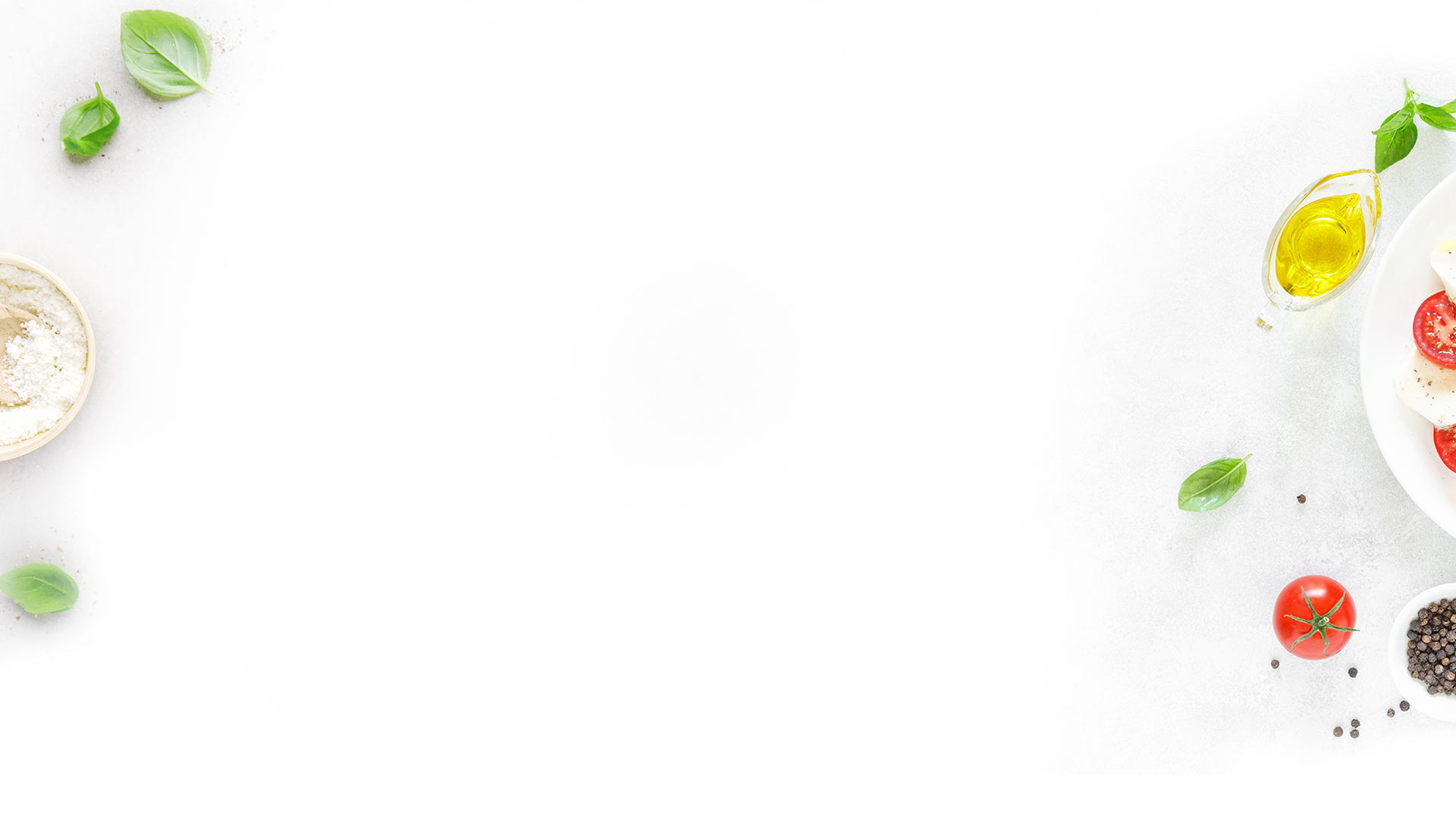
New Year’s Eve Food Traditions from Around the World

In the United States, we have no shortage of food-intensive holidays! After the feasts on Thanksgiving and Christmas, though, New Year’s seems a bit anticlimactic. Canapes in the evening and bubbly at midnight are all well and good, but not very interesting. Are you looking for a new tradition this New Year’s Eve? Take a look at these customs from around the world.
Of course, there are some great New Year’s Day traditions in the U.S., especially in the Southern states. Cornbread, black-eyed peas or hoppin’ John, greens, and pork are traditionally eaten to bring luck and prosperity for the year. In Italy, there’s a similar tradition: lentils and pork sausage on New Year’s Day. Pigs equate to prosperity in Germany, too, but rather than eating pork; you can choose to eat glücksschwein, a tiny pig made from marzipan.
Marzipan is incorporated in Scandinavian New Year’s tradition as well. In Denmark and Norway, a cake made with marzipan called the kransekage, or wreath cake, is a show-stopping part of the celebration. On the opposite end of the flavor spectrum in Scandinavia is the picked herring eaten at the stroke of midnight to bring a year of prosperity. This is also a tradition in Poland, where the herring is soaked in water for 24 hours before being layered in a jar with onions, allspice, sugar, and white vinegar.
Different cultures have different ideas about what brings good luck. In Spain, a dozen grapes are eaten at the stroke of midnight. In South Korea, the lucky food is tteokguk soup; in Japan, it’s soba noodles. In Mexico, they eat tamales, and in Iran, it’s Kuku Sabzi, a frittata made of egg and herbs. Some traditions are sweet, like the tang yuan, or sweet rice dumplings, eaten at the Chinese New Year. In the Netherlands, fried dough balls oliebollen are a common tradition. And King cake finds different incarnations worldwide; as Vasilopita in Greece, gateau or galette des rois in France, banitsa in Bulgaria, and Rosca de Reyes in Mexico.
Some New Year’s traditions don’t involve eating food. In El Salvador, people crack a raw egg into a glass of water and examine it in the morning to determine the year’s fortune. A pomegranate is smashed on doorways in Turkey, and more seeds bursting out means better fortune. It’s traditional in Scotland to give gifts of whisky, fruit cake, and coal, with the gifts preferably delivered by a tall, dark, handsome man.
No matter which New Year’s traditions you embrace, count on NetCost Market to have everything you need. We’re a local supermarket with a global reach, providing everyday food products and a variety of global culinary delights. Our goal is to provide authentic, high-quality food products from local farmers and suppliers from around the world. When you shop with NetCost Market, you’ll find a comfortable and gratifying grocery shopping experience that even includes online shopping and home grocery delivery.